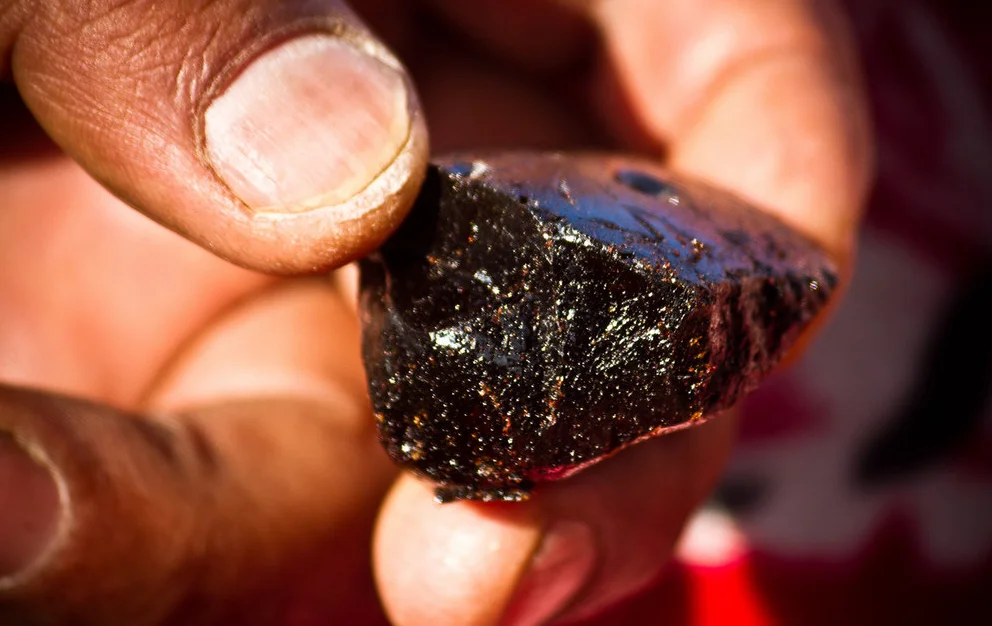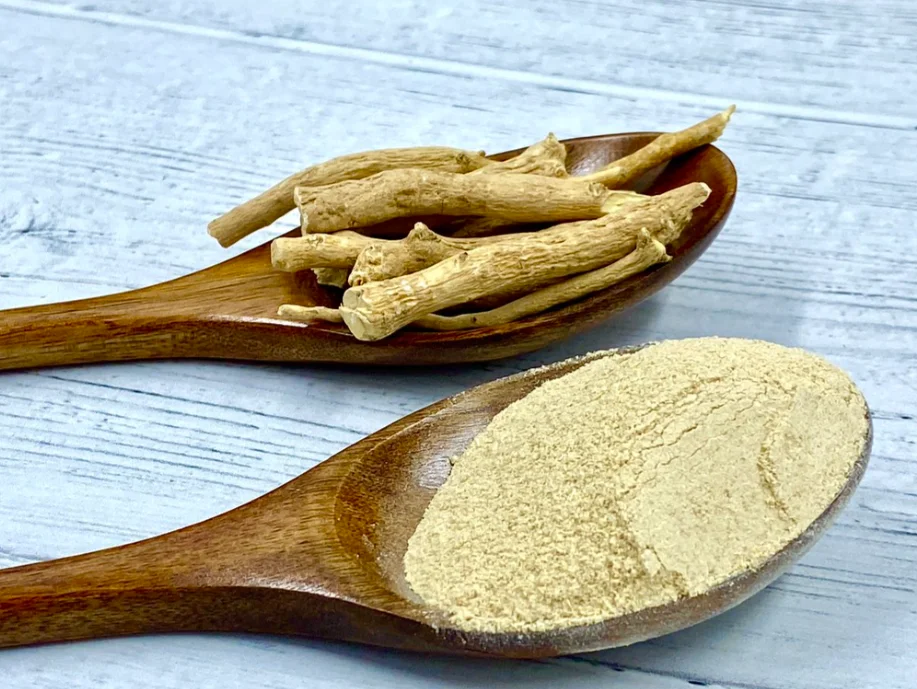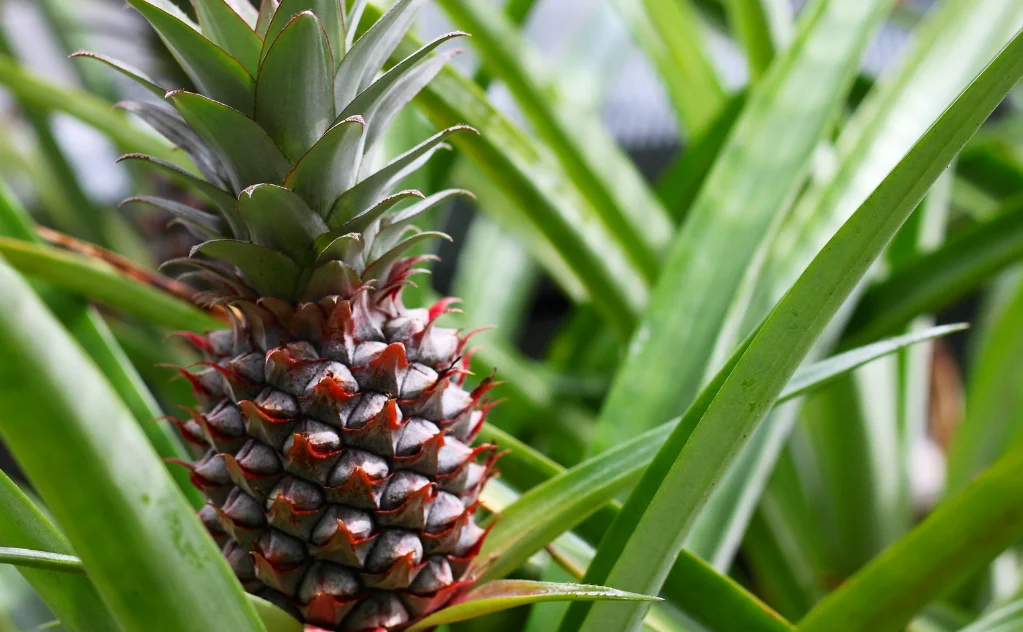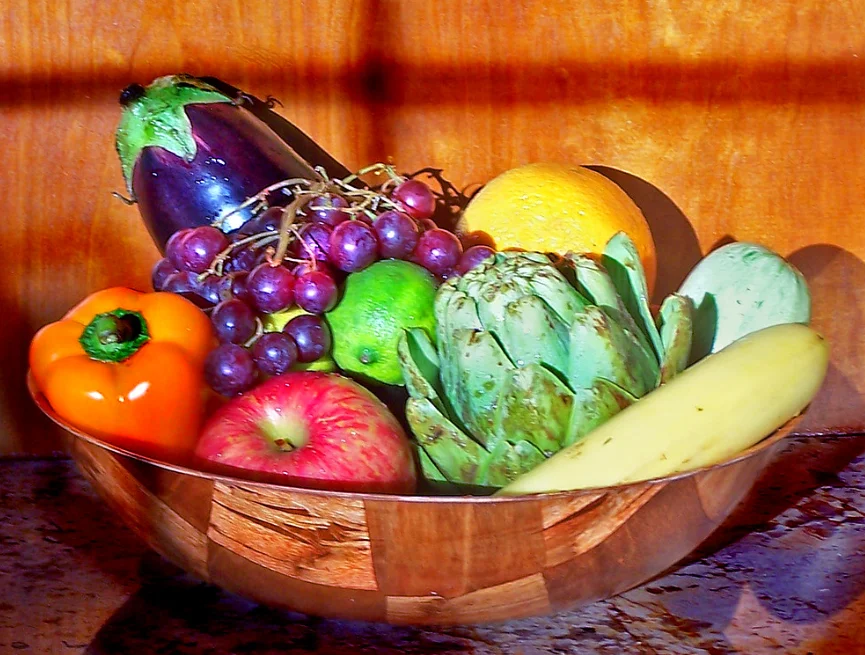
Staying hydrated is essential. Our bodies are made up of about 60% water, and water plays a crucial role in many bodily functions. It helps regulate body temperature, lubricates joints, aids in digestion, and helps transport nutrients and oxygen to cells.
When we don’t drink enough water, we can become dehydrated, which can lead to fatigue, headaches, dizziness, and even more serious health problems.
While drinking water is the most obvious way to stay hydrated, consuming fruits and vegetables can also contribute to your hydration levels. Many fruits and vegetables have high water content, which can help replenish fluids in the body.
In addition to their high water content, fruits and vegetables also provide important vitamins, minerals, and antioxidants that are essential for overall health. They are low in calories and high in fiber, making them a nutritious choice for hydration.
Watermelon, Grapefruit, and Pineapple
Watermelon is one of the most hydrating fruits, as it contains about 92% water. It is also a good source of vitamins A and C, as well as lycopene, a powerful antioxidant. Watermelon is a refreshing fruit that can be enjoyed on its own or added to salads or smoothies.
Grapefruit is another hydrating fruit that contains about 91% water. It is rich in vitamin C and other antioxidants that can help boost the immune system and protect against oxidative stress. Grapefruit can be enjoyed on its own or added to salads or juices.
Pineapple is a tropical fruit that contains about 87% water. It is a good source of manganese and vitamins , which are essential for body function and bone health. Pineapple can be enjoyed on its own or added to smoothies, salads, or grilled for a sweet and tangy flavor.
Cucumbers, Tomatoes, and Celery
Cucumbers are one of the most hydrating vegetables, as they contain about 96% water. They are also low in calories and super high in fiber, making it a great choice for weight loss. Cucumbers can be enjoyed on their own as a snack, added to salads, or used as a base for refreshing cucumber water.
Tomatoes are another hydrating vegetable that contains about 94% water. They are rich in vitamins A and C, as well as lycopene, which has been linked to a reduced risk of certain types of cancer. Tomatoes can be enjoyed in salads, sandwiches, or cooked into sauces and soups.
Celery is a crunchy vegetable that contains about 95% water. It is low in calories and high in fiber, making it a very good choice for the weight loss. Celery can be enjoyed on its own as a snack, added to salads or soups, or used as a base for green juices.
The Benefits of Eating Hydrating Fruits and Veggies
Consuming hydrating fruits and vegetables not only helps with hydration but also provides numerous health benefits. Fruits and vegetables are rich in vitamins and antioxidants that are good for health.
Eating a diet rich in fruits and vegetables reduce risk of chronic diseases such as heart disease and certain types of cancer. They are also low in calories and high in fiber, which can help with weight loss and digestion.
Incorporating hydrating fruits and vegetables into your diet can also help improve skin health. The high water content in these foods helps keep the skin hydrated and can reduce the appearance of wrinkles and dryness.

How Much Water is in this Fruits and Veggies?
The water content of fruits and vegetables can vary, but many have a high percentage of water. Here are some examples:
– Watermelon: 92% water
– Grapefruit: 91% water
– Pineapple: 87% water
– Cucumbers: 96% water
– Tomatoes: 94% water
– Celery: 95% water
While these fruits and vegetables can contribute to your hydration levels, it’s important to note that they should not replace drinking water. Drinking enough water throughout the day is still essential for maintaining proper hydration.
Other Ways to Stay Hydrated
In addition to consuming hydrating fruits and vegetables, there are other ways to stay hydrated throughout the day. Here are some tips:
– Drink water regularly: Drink 8 glasses of water per day.
– Carry a water bottle: Keep a reusable bottle with you to remind yourself to drink water throughout the day.
– Eat hydrating foods: In addition to fruits and vegetables, foods like soups, smoothies, and yogurt can also contribute to your hydration levels.
– Limit caffeine and stop alcohol: Both caffeine and alcohol can dehydrate the body, so it’s important to consume them in moderation and balance them with plenty of water.
– Listen to your body: Pay attention to signs of thirst, such as dry mouth or feeling lightheaded, and drink water when you feel thirsty.
Hydrating Smoothie Recipes
Smoothies are a great way to incorporate hydrating fruits and vegetables into your diet. Here are some recipes to try:
1. Watermelon Mint Smoothie:
– 2 cups of watermelon chunks
– 1 cup of coconut water
– 1 tablespoon of fresh mint leaves
– 1 tablespoon of lime juice
– Ice cubes (optional)
Blend all the ingredients together until smooth. Add ice cubes if desired for a refreshing and hydrating smoothie.
2. Pineapple Cucumber Smoothie:
– 1 cup of pineapple chunks
– 1 small cucumber, peeled and chopped
– 1 cup of coconut water
– 1 tablespoon of lime juice
– Handful of spinach (optional)
Blend all the ingredients together until smooth. Add spinach for an extra boost of nutrients.
Hydrating Salad Ideas
Salads are another great way to incorporate hydrating fruits and vegetables into your diet. Here are some ideas:
1. Watermelon Feta Salad:
– Mixed greens
– Watermelon chunks
– Feta cheese crumbles
– Red onion slices
– Fresh mint leaves
– Balsamic vinaigrette dressing
Toss all the ingredients together in a bowl and drizzle with balsamic vinaigrette dressing for a refreshing and hydrating salad.
2. Cucumber Tomato Salad:
– Sliced cucumbers
– Cherry tomatoes, halved
– Red onion slices
– Feta cheese crumbles
– Fresh dill or parsley
– Lemon juice and olive oil dressing
Combine all the ingredients in a bowl and toss with lemon juice and olive oil dressing for a light and hydrating salad.
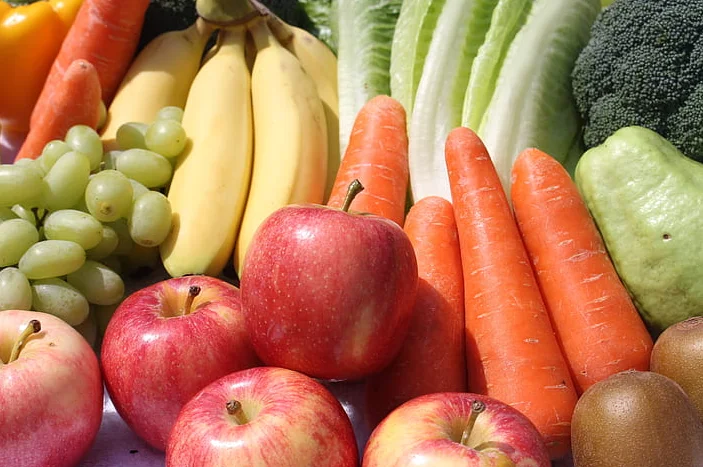
Tips for Incorporating Fruits and Veggies into Your Diet
Here are some tips for adding more hydrating fruits and vegetables to your meals:
– Start your day with a hydrating smoothie or a bowl of fresh fruit.
– Pack sliced cucumbers, cherry tomatoes, or celery sticks as a snack.
– Add watermelon or pineapple chunks to your salads or yogurt bowls.
– Include a side of steamed or roasted vegetables with your meals.
– Try different fruits and vegetables.
When eating out, choose dishes that include hydrating fruits and vegetables, such as salads, stir-fries, or vegetable-based soups.
The Importance of Fruits and Veggies
While drinking water is the most obvious way to stay hydrated, eating hydrating fruits and vegetables can also help boost hydration levels.
Fruits and vegetables not only provide important vitamins, minerals, and antioxidants but also have a high water content that can help replenish fluids in the body. They are low in calories and high in fiber, making them a nutritious choice for hydration.
Incorporating hydrating fruits and vegetables into your diet can have numerous health benefits, including improved digestion, weight loss, and reduced risk of chronic diseases. By making healthy choices and staying hydrated throughout the day, you can support your overall health and well-being.

